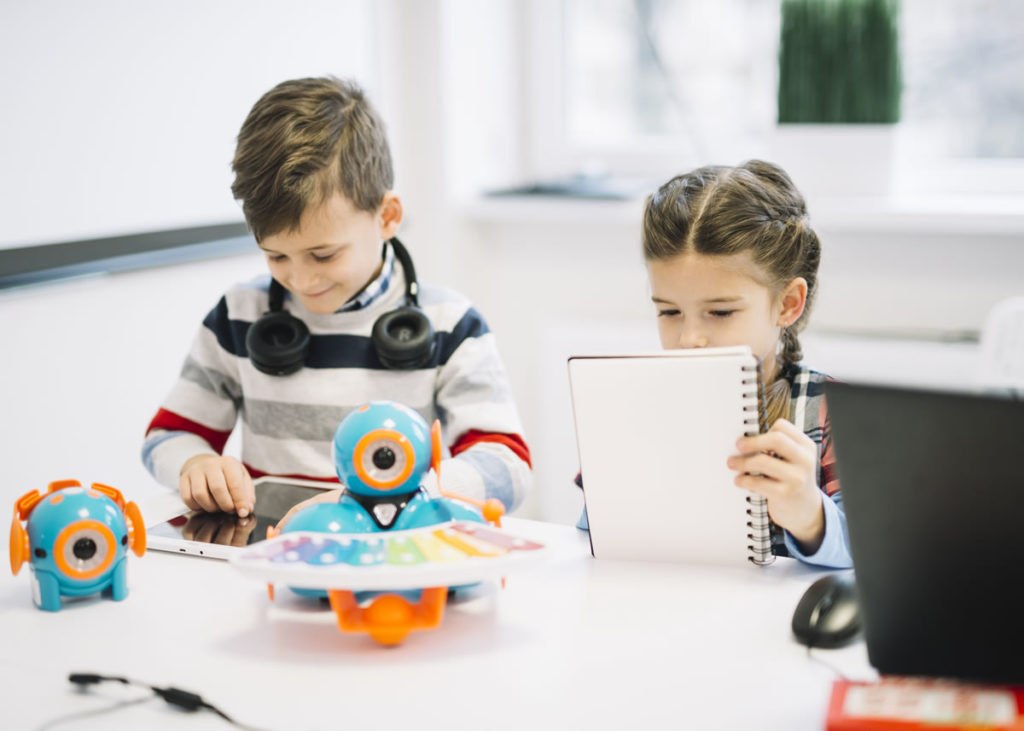Sometimes a teacher cannot help a child with his emotions because he has twenty or thirty more students who need him, but the truth is that emotions, even if they come from the extracurricular environment, affect the day-to-day life in the classroom. However, this does not mean that emotions are bad and that their mere existence has a negative impact on learning , but quite the opposite. The human being needs emotions, but must learn to manage them so that they do not affect him negatively and must also know how to work properly with them.

Our brain needs to get excited to learn, as José Ramón Gamo reminds us in an interview with the newspaper El País, director of the Master in Neurodidactics at the Rey Juan Carlos University of Madrid. This child neuropsychologist also explains that nowadays our brain activity can already be observed by neuroimaging while we do certain tasks, which allows teachers and education professionals to reflect on the necessary changes and introduce mechanics and techniques that have a better impact way of learning , beyond lectures.
Gamo also reminds us that many diagnoses of learning problems that are carried out today, such as the TDHA, actually respond to the bad educational methodologies that are implemented in study centers , based on transmitting theoretical information widely (in almost more than 50%) that increases as the courses also progress.
And it is that our brain is guided more when learning new things by its right hemisphere, which is related much more to creativity than to language. Consequently, it often happens that many contents are difficult to learn for a large part of students, since the brain lacks stimuli completely with this system. Those theoretical and master classes that continue to be taught regularly do not provide the brain with that emotion that it so badly needs to motivate itself and to acquire new knowledge, missing the priority objective of the classes, which is none other than teaching.
That is why neurodidactics is so important and must be implemented in all schools as a teaching method, because it brings to the classroom those visual, creative and attractive elements that the students’ brain needs as a stimulus, as well as other less individualistic and less individualistic forms of work. more collective and participatory.
New technologies and methods for the 21st century
Many teachers have already signed up for this type of teaching more adapted to the new times with materials and mechanics that bring the content closer to the reality of the youngest, such as the use of social networks in a didactic and educational way . They are teachers truly committed to the emotional and intellectual well-being of their students, and they seek to create an educational space that is more suitable for effective learning.

Teachers like Chema Lázaro, a teacher from Madrid who, tired of seeing how his students defined all of his classes as “a roll”, decided to investigate and seek new and more interesting ways of teaching for the new times , creating what is known as Open Blackboards , a project that in 2013 would earn him the national ICT award from the Ministry of Education in Spain.
Neurodidactics and neuroscience seem destined to change the landscape of education, reminding us that it has already been shown over time that 50-minute lectures not only do not encourage learning, but also take students away from it. School failure, lack of motivation, abandonment and the lack of vision of the youngest indicate the need for an urgent change that technology and science allow us to tackle.
And next to technology, teachers are one of the most decisive elements in a classroom, and it is their method and their personal approach that make the climate and the mood of the students look happy and invigorated. It is in the hands of educators to seek forms of teaching that are closer to “methods of torture and exhaustion” or closer to “instruments of inspiration and motivation.” It is perhaps the difference between a valuable and fruitful learning that lasts a lifetime, or that other that comes from memory and that with difficulty will not end up being forgotten …











































































































